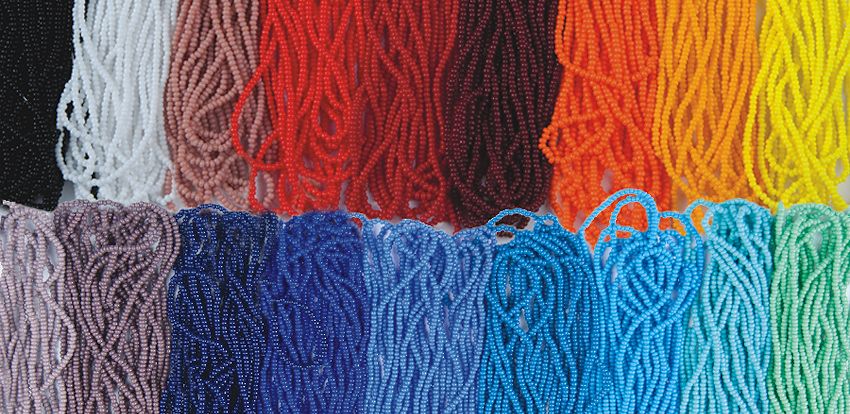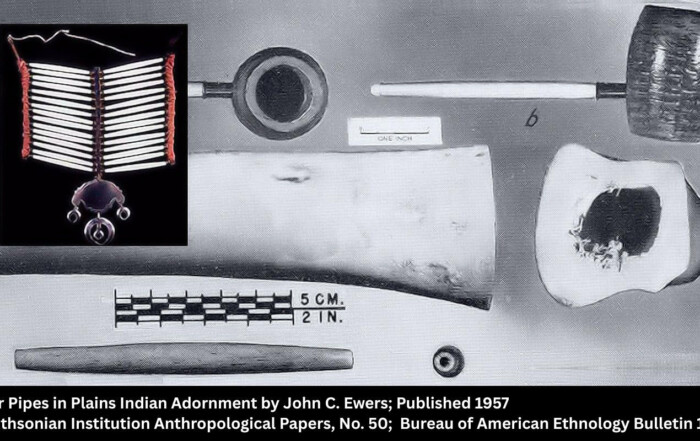
54 Opaque & Transparent Colors – Czech Seed Beads Sale – Ends 6/30/16
If you have a beadwork project in mind that requires size 10/0 or 11/0, Crazy Crow’s Czech seed beads sale is a great time to pick up the beads you need and get to work – or bank the savings and get to the project later!
For loomwork beading, appliqué, edge beading, etc., Czech seed beads are highly preferred due to their uniformity of shape and size as well as the wide range of colors available. Strung beads are better quality, more uniform in size and easier to use than loose beads, so you will have fewer “culls” with these. Be sure to order plenty of beads in your background color as dye lots can have slight variations in color, even in white, so they may not match perfectly. Prices are for one color per kilo or 1/2 kilo and we recommend specifying a second choice if possible. Hanks are 24 strings 10” long. 2 strings = 1 loop.
Save More on 1/2 Kilo and Kilo Pricing
We are one of the few places you can buy just the quantity of beads you need in a color. If you need small quantities, chose hank packaging. Need Czech seed beads for your background color(s)? Half and full kilo discounts apply, and now you get those at sale prices as well.
Czech Seed Beads Sale Prices Good Thru June 30, 2016
[miva_cat code=”995-000-056″]
Learn More About Seed Beads & Trade Beads in North America
History of Silver & Gold Heishi in Southwestern Native American Jewelry
The history of silver and gold heishi in Southwestern Native American jewelry is deeply rooted in cultural traditions. Heishi beads, originating from the Santo Domingo (Kewa) Pueblo in New Mexico, are among the oldest forms of jewelry in the Southwest. Traditional was made from natural materials like shells and stones, meticulously shaped into small, uniform pieces. The term "heishi" derives from the Keresan word meaning "shell bead".
History of Venetian Chevron Beads
The production of chevron beads and other types was a closely guarded secret. The Venetians went to great lengths to protect their production secrets, going so far as to make it illegal for glass workers to leave Venice.
The Beads That Did Not Buy Manhattan Island
The story of the purchase of Manhattan is one of the most contentious and oft-disputed stories in American history. That modest sale has gone down in history as the biggest swindle ever perpetrated. The deal seems so unfair, some parties have even suggested that the island be returned to the "original" owners. But what may be the most surprising fact about the whole transaction is that in 1626, and for a long time afterward, both parties were very happy with it.
The Venetian Bead Story by Peter Francis Jr
With the possible exception of the Egyptian and Syrian beadmakers of Roman times, no glass bead producers have had as much influence on their contemporaries as those of Venice. Venetian beads have been sent all over the world and have for the last several centuries dominated the trade and tastes in the commodity.
Bone Hairpipe History: From Shell to Bone
However much you may think you have known about the early use of shell hairpipes, the “singular” pivotal interaction of a trader to the Ponca Indians in 1880 and Ponca Chief White Eagle that led to the manufacture and trade of the cheaper and stronger bone hairpipe, clearly illustrates what can happen through trade when one culture listens to another.
Trade Bead Migration into North America
The first record of European glass beads coming into the Americas is in Columbus’ own log where he describes how e presented the natives with “red caps and some strings of (green) glass beads”, (Orchard, 1975) and “in this simple manner was begun the acculturation process that led ultimately to the disintegration of aboriginal American culture” (Quimby, 1966). The holds of the ships of those who followed contained a variety of trade goods: trinkets, iron knives, guns, kettles, hatchets, broadcloth and beads, beads, beads.






